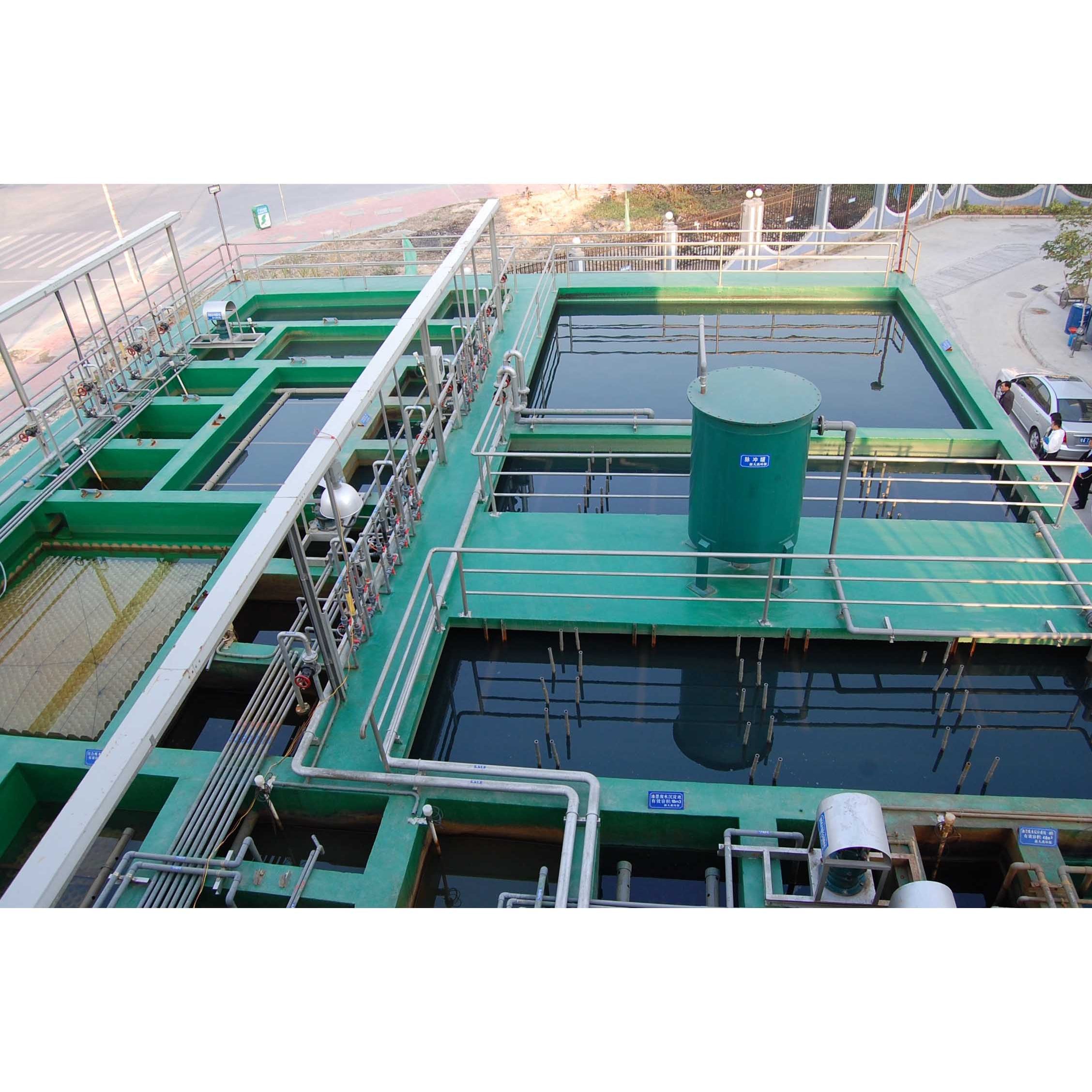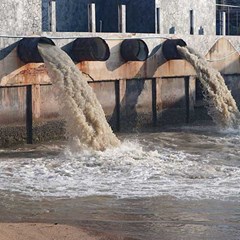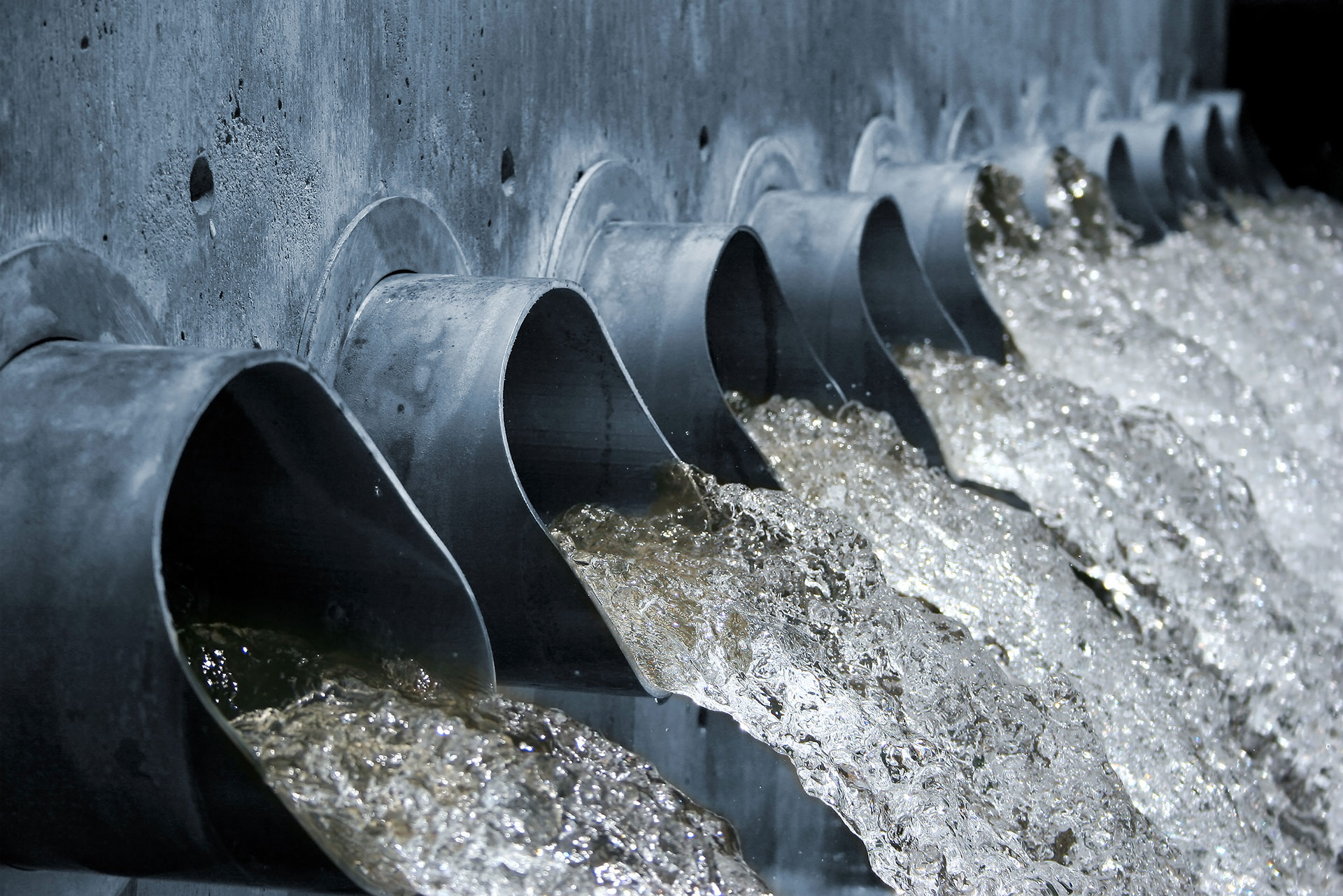Industrial Waste Water Treatment-- Reliable Waste Management for Factories
Industrial Waste Water Treatment-- Reliable Waste Management for Factories
Blog Article
Advancements and Advances in Hazardous Waste Water Treatment Technologies
The landscape of industrial wastewater therapy is undertaking a transformative change, driven by innovations that enhance both efficiency and sustainability. As regulatory standards evolve, the integration of AI and machine learning right into wastewater monitoring systems assures to make sure and enhance operations compliance.
Overview of Drainage Therapy Technologies
Wastewater treatment technologies encompass an array of approaches created to eliminate contaminants from commercial effluents prior to their release right into the atmosphere. These innovations are crucial for maintaining eco-friendly balance and guaranteeing conformity with ecological policies. The key groups of wastewater treatment consist of physical, chemical, and biological methods, each offering unique objectives based upon the nature of the contaminants existing.

Biological treatment techniques utilize microbes to weaken organic matter, making them particularly reliable for organic-rich effluents. Strategies like activated sludge and biofilm reactors harness the natural degradation abilities of germs, causing substantial decreases in biochemical oxygen need (FIGURE)
Advanced Purification Strategies
Advanced purification strategies stand for a vital development in the world of industrial wastewater treatment, improving the effectiveness of pollutant removal processes. Industrial Waste Water Treatment. These methods encompass a variety of technologies, consisting of microfiltration, ultrafiltration, nanofiltration, and turn around osmosis, which supply consecutive barriers for various particle dimensions and chemical frameworks
Microfiltration and ultrafiltration make use of membrane layer systems to eliminate suspended solids, bacteria, and bigger natural molecules, improving the quality of effluent before more therapy. Nanofiltration connects the gap in between ultrafiltration and turn around osmosis, efficiently removing divalent ions and organic substances, hence lowering the tons on downstream processes.
Reverse osmosis supplies the highest possible level of purification by permitting only water and small particles to go through its semi-permeable membrane layers, making it excellent for recovering top quality water from industrial effluents. Current developments in membrane layer innovation, including the growth of more fouling-resistant and long lasting materials, have actually considerably improved functional efficiency and decreased expenses.
Including these innovative purification methods not just improves the total treatment procedure but additionally adds to sustainability initiatives by enabling water reuse and source recovery in industrial setups. (Industrial Waste Water Treatment)
Biological Therapy Innovations

Furthermore, the growth of engineered organic systems, such as membrane bioreactors (MBRs), combines organic treatment with innovative membrane purification. This combination enables greater effluent quality and lowered footprint, making it ideal for space-constrained industrial centers. Developments in genetically crafted bacteria have actually also arised, enhancing the biodegradation of details contaminants, such as drugs and heavy metals, that are traditionally challenging to get rid of.
Additionally, the execution of bioaugmentation strategies, where helpful microbes are presented to boost the existing biological therapy procedures, has revealed encouraging lead to enhancing therapy performance. These advancements jointly signify a pattern in the direction of more reliable and sustainable biological therapy techniques that can adjust to the evolving complexities of commercial wastewater streams. As our website sectors remain to prioritize environmental conformity, these organic technologies will play a vital duty in wastewater monitoring.

Resource Recovery Approaches
In industrial setups, the combination of source healing approaches has become progressively vital for boosting sustainability and reducing waste. These approaches concentrate on removing important products and energy from wastewater streams, consequently transforming prospective pollutants into multiple-use resources.
One famous approach is nutrition recovery, where nitrogen and phosphorus, typically existing in excess in wastewater, are caught and exchanged plant foods. This not just decreases ecological influences but likewise gives a circular economic climate remedy for agricultural applications. Furthermore, modern technologies such as anaerobic digestion enable the conversion of natural waste right into biogas, a renewable energy resource that can counter fossil fuel use in industrial procedures.
In addition, description advanced filtration and membrane innovations promote the recovery of industrial spin-offs such as metals and salts. These recouped products can be rehabilitated into production processes, decreasing the requirement for virgin resources.
Future Patterns in Drainage Administration
As sectors significantly focus on sustainability, the future of wastewater monitoring is established to undergo significant transformations. Technological developments, such as expert system and artificial intelligence, will enable More about the author more reliable monitoring and monitoring of wastewater systems. These innovations can forecast upkeep demands, maximize therapy procedures, and enhance decision-making, ultimately minimizing operational costs and ecological influence.
Additionally, the combination of round economic climate concepts will play a critical function in wastewater administration. Industries are expected to move towards systems that not only treat wastewater however likewise recoup beneficial sources, such as nutrients, water, and power. This change will lessen waste and advertise the reuse of materials, aligning with worldwide sustainability goals.
Emerging treatment strategies, such as membrane bioreactors and progressed oxidation processes, will better boost the effectiveness of wastewater treatment, permitting better effluents appropriate for reuse. Additionally, governing frameworks are most likely to progress, emphasizing more stringent requirements for wastewater discharge and motivating markets to take on ingenious therapy options.
Conclusion
To conclude, the evolution of commercial wastewater treatment modern technologies demonstrates a substantial shift in the direction of enhanced effectiveness and sustainability. Innovations in sophisticated purification methods, organic treatments, and resource recuperation methods highlight the market's dedication to environmental stewardship. The combination of artificial intelligence and artificial intelligence better optimizes these processes, making certain regulatory compliance and advertising a round economy. Continued improvements in these locations will certainly play a vital duty fit the future of wastewater administration and shielding vital water resources.
The landscape of commercial wastewater therapy is undertaking a transformative change, driven by technologies that boost both performance and sustainability.Wastewater therapy modern technologies incorporate an array of approaches made to get rid of impurities from commercial effluents prior to their launch into the environment.Utilizing the power of biological processes has actually led to substantial technologies in the therapy of industrial wastewater.Additionally, the implementation of bioaugmentation strategies, where beneficial microbes are presented to improve the existing biological treatment procedures, has actually shown promising outcomes in boosting treatment performance. These technologies jointly symbolize a trend in the direction of even more reliable and sustainable biological therapy methods that can adapt to the advancing intricacies of industrial wastewater streams.
Report this page